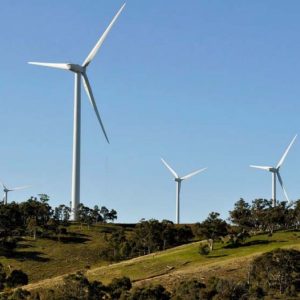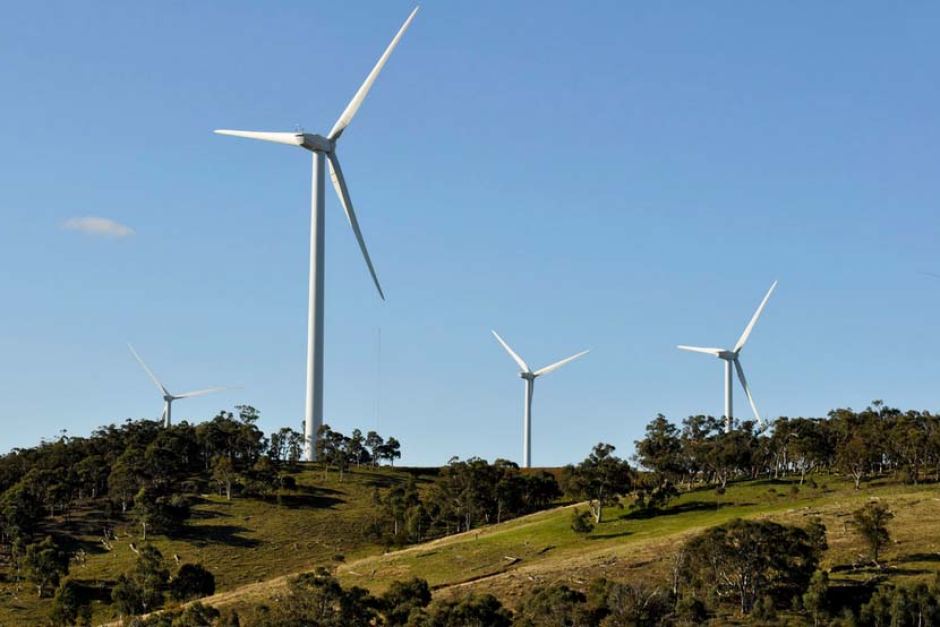New South Wales is set to house three zones for renewables projects that have a capacity equivalent to seven times that of coal-fired power plants in the state.
In their proposal to the Australian Energy Markets Operation, the Berejiklian government noted that the zones earmarked for New England, the south-west and the central-west of NSW “could unlock 77,000 megawatts of new generation capacity”.
The report which was submitted to the Integrated System Plan of AEMO aims at showcasing the future energy sources and also point to areas where extra transmission capacity will be required.
“There is more demand for new energy sources than there are cost-effective connection points – so energy zones will allow us to bring in more capacity with economies of scale,” stated Don Harwin, the NSW energy minister.
“Due to the size of the NSW market, the output of these three zones could be the largest in the country.” he noted.
The report was published just weeks before the scheduled territory, state and federal governments’ energy ministers’ meeting to discuss the National Energy Guarantee (NEG) proposed by the federal government.
The new plan, which must garner unanimous support, intends to fix the reliability and affordability concerns for an industry that has been faced by frequent power outages and rocketing prices; this while stemming the industry’s carbon gas emissions in order to achieve the country’s obligation under the Paris climate agreement.
Interestingly, the Liberal government’s win in the just concluded SA elections did away with a key opponent to the new federal plan.
However, Mr Harwin observed that the New South Wale’s support led by the Coalition should not be ignored.
“We need new energy sources, but we also need secure supply,” he stated. “This is why we need a sensible national plan, which with the right details could be the NEG.”
According to Dylan McConnell, an energy expert based at Melbourne University’s Australian-German Climate & Energy College, the assessment by NSW was “a bit theoretical”.
“You’d never build that amount – you’d blow up the grid,” Mr McConnell noted. “It’s more than the installed capacity of the National Electricity Market by some margin.”
Despite the fact that other areas have been identified, the latest federal government’s submission also hopes to push for a more streamlined AEMO’s Regulatory Investment Test for Transmission (RIT-T).
This kind of action is likely to “reduce potential delays and duplication and improve investment certainty”, it stated in part.
McConnell revealed that the suggestion to update the RIT-T was first brought to the floor way back in 2011 but the decision had been hampered by various interest groups.
“There’s more stakeholders that see the importance of [the streamlining]”, he added. He also noted that even renovations of the currently operating transmissions would take several years before completion.
In conclusion, Mr McConnell said if the approval process could be fast-tracked, it would significantly support emerging solar and wind farms that aren’t connected to the transmission besides enhancing the over $4 billion worth of Snowy 2.0 pumped hydro storage plan recommended by the Turnbull government.
The new connections’ outline comes at a time when the new South Australia’s premier Sir Marshall has chosen to prioritize the addition of an interstate connector between SA and NSW.
“The development of energy zones [in NSW] is not dependent upon an interconnector with South Australia,” Mr Harwin stated.
“AEMO does anticipate that future interconnection with South Australia would be part of the national plan,” he stated, noting “NSW looks forward to formal discussions with South Australia on their proposal.”

